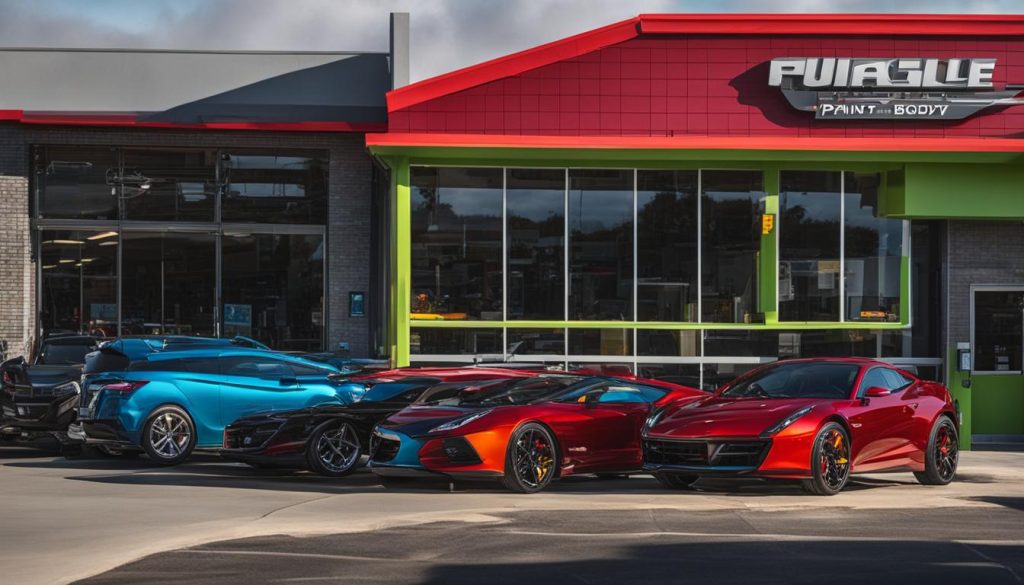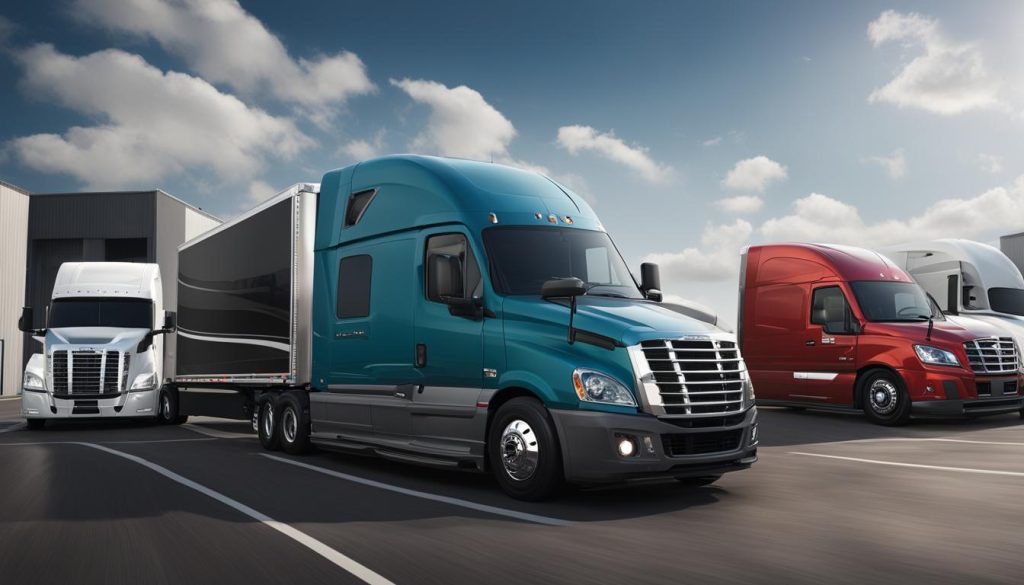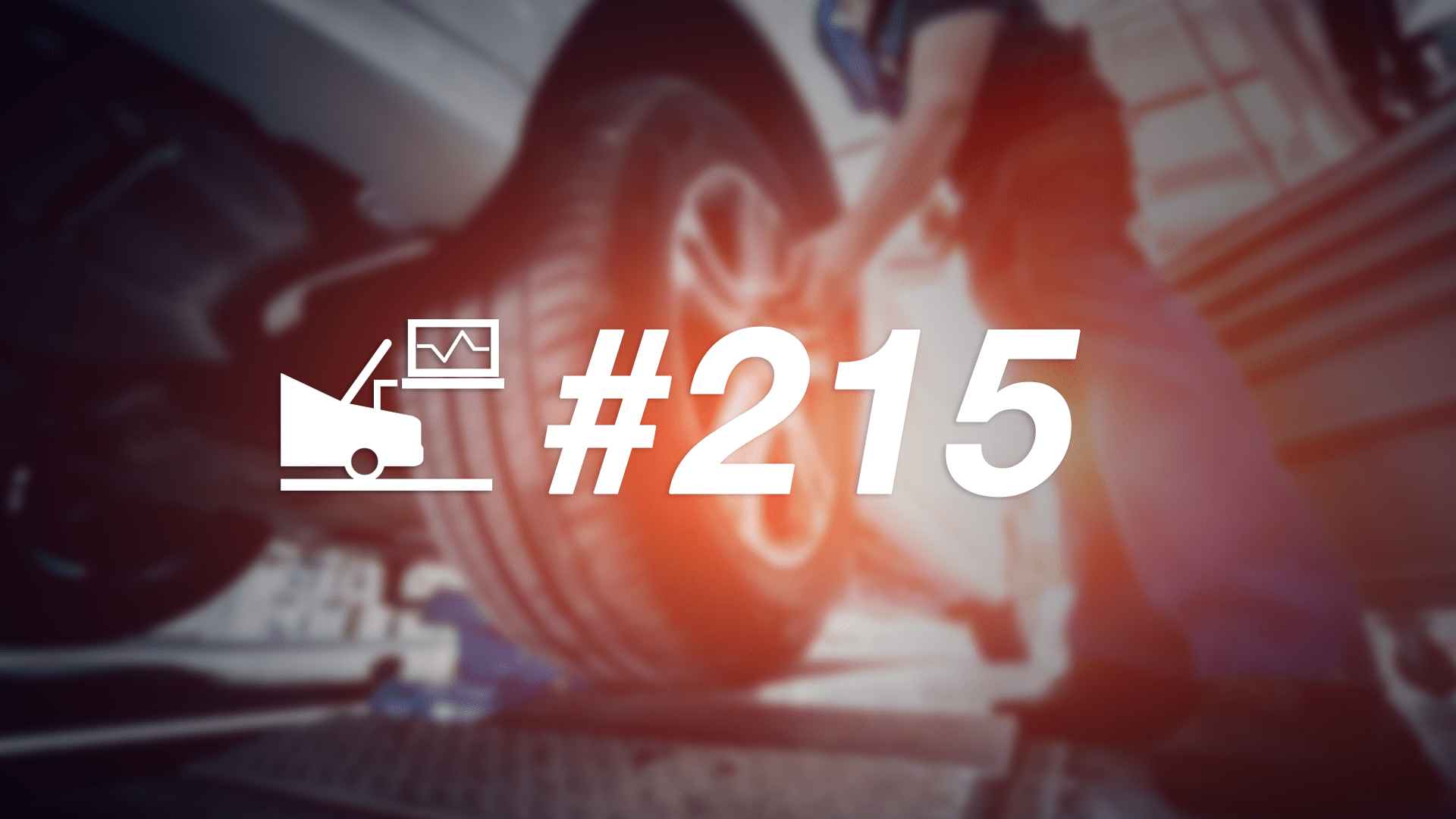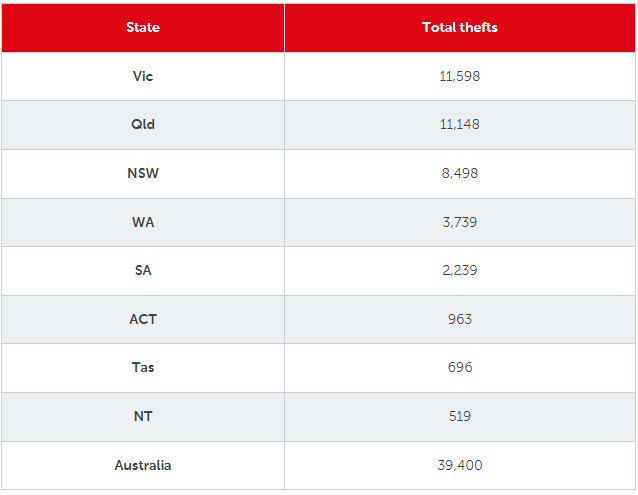How many amps does a car need to keep it running?
It takes a lot more amps than you think to keep your car running.
This question comes up when a a battery dies and the owner thinks they can let it idle to recharge the battery. Or, the question gets asked when the alternator dies and the owner wants to drive it a shop or home instead of getting a tow.
Here’s how many amps your car needs to keep it running
When your engine is running, you have to power these components:
• Radiator fans 15-28 amps for single fan, 35 amps for dual fans
• Airbag control module less than 10-amps
• Instrument cluster 7 amps
• Oxygen sensor heaters (at least two and as many as 6, depending on the vehicle) amps vary depending on type
• Fuel injectors 10-amps
• Ignition coils 10-amps
• In-tank fuel pump 5 amps
• High pressure fuel pump (for direct injection engines 3 amps
• ECM computer 10-amps
• ABS computer 5 amps
• BCM Body Control Module
• TCM Transmission Control Module
Radiator fans current draw in amps
A single radiator fan can draw from 15-28 amps. A dual fan setup can run up to 35-amps.
Airbag control module current draw
In a monitoring state, the airbag control module draws less than 10-amps
Oxygen sensor heater amps usage
Oxygen sensor heater current draw depends on the type of sensor, whether it’s a wide-band or narrow-band sensor. But in general, oxygen sensor current usage ranges from .2 to 8-amps per sensor.
Instrument cluster amps usage
A typical instrument cluster consumers approximately 7 amps
Fuel Injectors current draw
Gasoline Direct Injectors draw approximately 10-amps
Ignition coils current draw
Ignition coils draw approximately 10 amps
In-tank fuel pump current usage in amps
In general, in-tank fuel pumps draw is approximately 1 amp for every 10-psi of fuel pressure. So a port injection system that requires 45-psi. will consumer approximately 4.5 amps. But current consumption varies based on the fuel needs of the vehicle speed and load. So figure 4-6-amps for a port injection engine.
High pressure fuel pump (for direct injection engines
A high pressure fuel pump for direct injection engines doesn’t actually use an electric motor to produce pressure. It’s a mechanical pump that rides off the camshaft to produce up to 2,000-psi for direct injection. But it does use power to control the inlet/outlet port solenoid. The solenoid opens the suction port to allow fuel to enter and then closes to allow the pump to compress the fuel.
ECM computer amperage
A typical ECM draws slightly less than 10-amps
ABS computer current draw
In a driving state with no ABS activation, the computer draws about 5-amps. During ABS operation it can draw up to 50-amps.
BCM Body Control Module current draw in amps
In idling mode (no brake lights, headlights in use) computer draw only 5-amps
TCM Transmission Control Module
Shift solenoids are pulse width modulated so current draw varies based on driving conditions.
It takes a lot of amps to run your vehicle even if you’re not using power hungry accessories
An idling engine needs approximately 35-50 amps to power the electric fuel pump., ignition system, fuel injectors, heated oxygen sensors, ECM, ABS, BCM, TCM, radiator fans, airbag computer, and all other modules. A 100-amp alternator running at idle speed has barely enough left over power to recharge your battery.
©, 2023 Rick Muscoplat
Posted on by Rick Muscoplat
#amps #car #running #Ricks #Free #Auto #Repair #Advice #Ricks #Free #Auto #Repair #Advice










